Early Evolution Hydrangea – 1 Gallon Pot
$43.97 Original price was: $43.97.$30.78Current price is: $30.78.
SKU: D2LSC 0916441459 Category: Hydrangeas
- Fast and Secure Payments
- Shop with Peace of Mind
- Get the quality you deserve, for less.
- The home of quality products.

Early Evolution Hydrangea
Hydrangea paniculata ‘AJ14′ PP30,983
Plant Details
USDA Plant Hardiness Zones: 5a-9b (4?) Find Your Zone
Plant Type: Deciduous Flowering Shrub
Height at Maturity: 24-30″
Width at Maturity: 24-30″
Spacing: 2′ for solid hedges; 4′ or more for space between plants
Growth Habit / Form: Rounded Mound
Flower Color: Open Soft Green transitioning to Creamy White and aging to shades of Blush Pink to Dusty Rose
Flower Size: .5-1″ in 5″ diameter clusters
Flowering Period: Summer through Fall
Flower Type: Single florets in large clusters
Fragrant Flowers: No
Foliage Color: Rich Green
Fragrant Foliage: No
Berries: NA
Berry Color: NA
Sun Needs: Full Sun or Part Shade
Water Needs: Average,
Soil Type: Clay (amend heavy clay to ensure good drainage), Loam, Sandy (amend quick draining soils for moisture retention), Silt
Soil Moisture / Drainage: Moist But Well Drained
Soil pH: 6.0 – 8.0 (Moderately Acid to Moderately Alkaline)
Maintenance / Care: Very Low
Attracts: Visual Attention
Resistances: Cold Temperatures (-15-20F), Disease, Drought (when established in part shade), Heat, Humidity, Sun
Description
In more ways than one, the Early Evolution is unlike any other Hydrangea we’ve ever seen or grown before. Though it’s a Hydrangea paniculata (panicle hydrangea) it begins flowering much earlier than any other varieties in the species. Instead of the typical cone or elongated flower clusters, those of Early Evolution are more dome-shaped and produced in such abundance they nearly cover the foliage on a compact mound only 24 to 30 inches tall and equally as wide. The flower buds start opening late May to early June, hence “Early” in the name. “Evolution’ in the name refers to the ever-evolving colors of the flowers, which can appear at the same time on the same plant. The flowers start a soft lime-green transitioning to antique shades of creamy white aging to blush pink and finally a darker dusty pink. Its diminutive size and evolving flower colors over a long period of 5 months make Early Evolution a perfect fit for smaller garden spaces and in containers that can be situated on patios, decks, porches, balconies and other outdoor living spaces where they can be enjoyed from close up.
Landscape & Garden Uses
Growing in a rounded mound to about 24 to 30 inches tall and wide, the Early Evolution Hydrangea is ideal for use as an accent in smaller garden spaces or in groupings or as a border in landscape borders and home foundation plantings. Its smaller size makes it a fine candidate for pots, planters and other containers, even large hanging baskets. A fine addition to hydrangea gardens, pink theme gardens and cottage gardens.
Spacing: 2′ for solid groupings or borders; 4’+ for space between plants
How To Measure Total Square Feet Of A Planting Area
How Many Plants Needed To Cover A Planting Area?
Growing Preferences
Early Evolution can take the heat at our location in mid-Georgia, but is also exceptionally cold hardy to USDA Zone 5 where temperatures can drop to -15 to -20F. It is easy to grow in moist any moist but well-drained soil of average fertility. In southern zones 8 and 9 we think it looks and performs its best with some filtered sun or shade during the hottest midafternoon hours. For best flowering provide at least 6 hours of sun a day. USDA Zones: 5a-9b Find Your Zone
Note: Early Evolution is a Hydrangea paniculata species that produces its flowers from buds that are formed on “new wood” (the current season’s growth). This means you don’t want to prune them in late spring or summer when they’re preparing to bloom.
For proper pruning time and techniques on various types of Hydrangea see: How To Prune Various Types Of Hydrangea
Helpful Articles
Click on a link below to find advice from our experts on how to plant and care for Hydrangea shrubs…
How To Plant Hydrangeas In The Ground & Pots
How To Prune Various Types Of Hydrangea
How To Fertilize And Water Hydrangeas
Plant Long & Prosper!
Meet The Wilson Brothers & Staff
Questions? Contact Us
September 2023 – Received three plants in excellent condition. Planted in pots immediately and after two months, all are thriving and blooming.—————————————-Thanks for the great review! We are so glad you are pleased and we hope you enjoy them for years to come! 🙂 Beth Steele | WBG
Be the first to review “Early Evolution Hydrangea – 1 Gallon Pot” Cancel reply
Related products
-30%
-30%
-30%
-30%
-30%
-30%
-30%
-30%

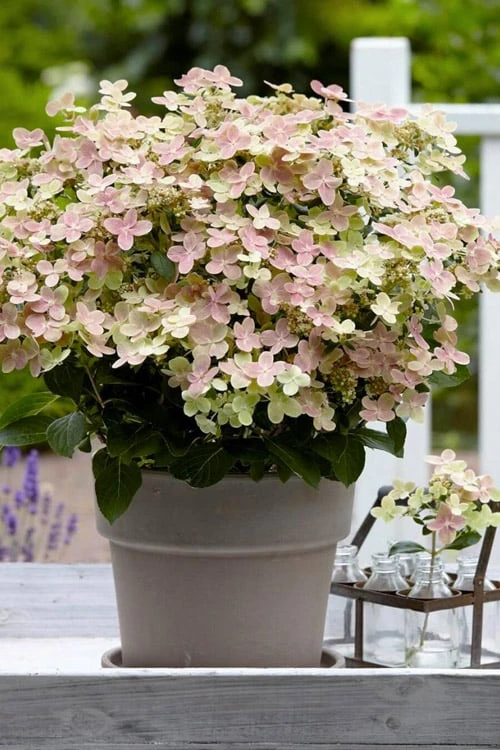
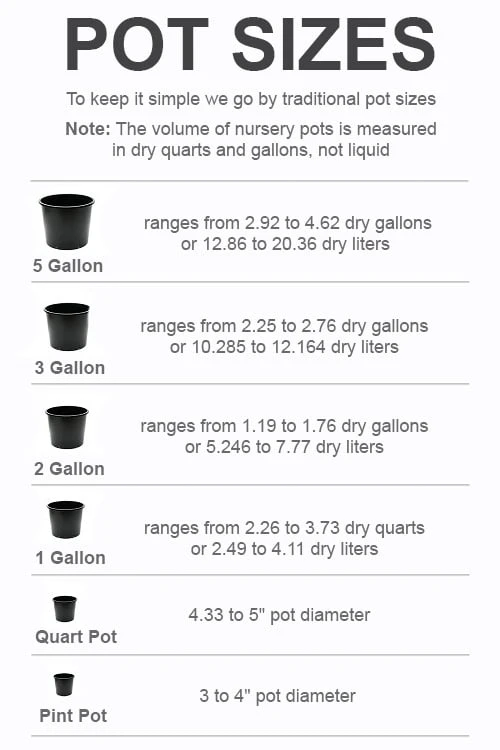


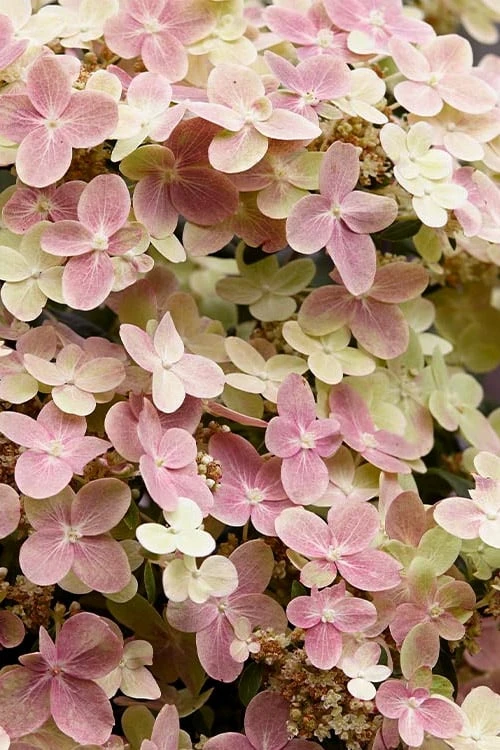



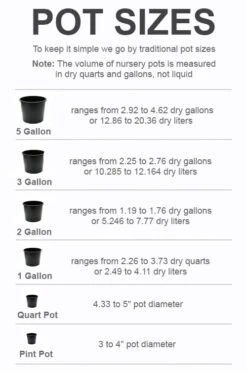

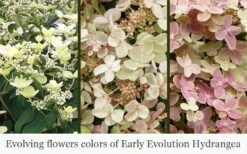
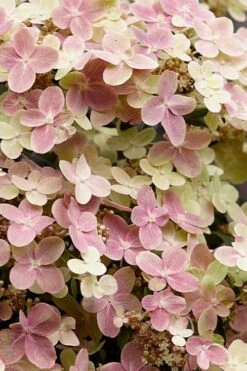
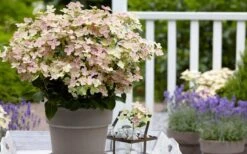



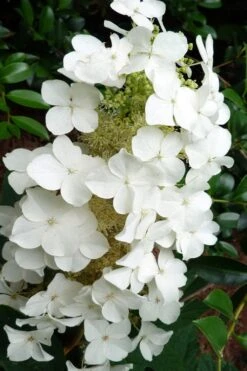


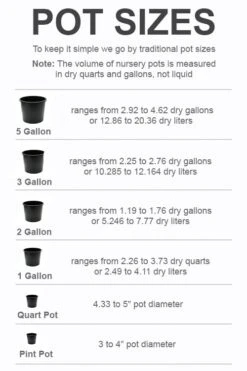
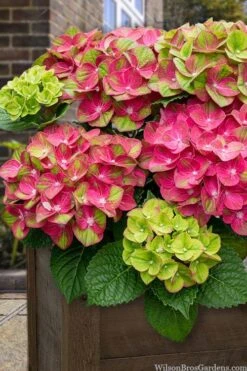


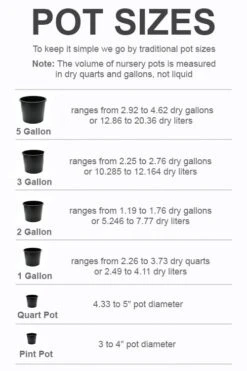
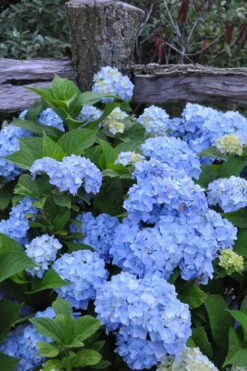

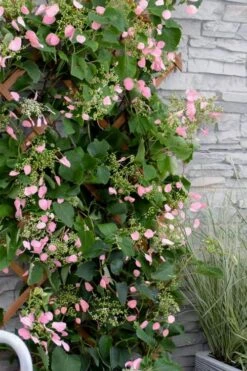


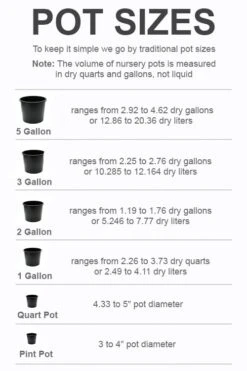

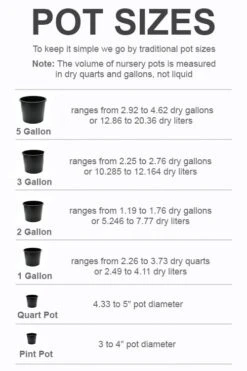
Reviews
There are no reviews yet.